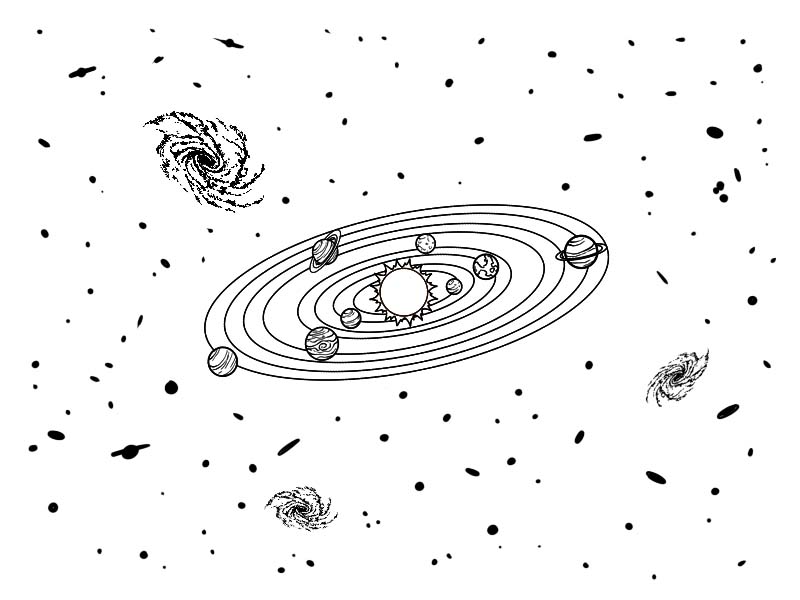
The universe refers to every space and time as well as their contents. This is inclusive of all the galaxies, stars, planets and every form of energy and matter. The spatial size of the universe is not known but the observable universe can be measured.
Universe’s earliest scientific models were brought about by the Indian philosophers and by ancient Greek that placed the Earth at the universe’s center. More specific astronomical observations over the centuries helped Nicolaus Copernicus in the development of the heliocentric model that places the sun at the solar system’s Centre. In Sir Isaac Newton’s law of universal gravitation development, he used the work of Copernicus and the observations made by Johannes and Tycho Brahe in their work on laws of planetary motion.
Improvement in the observation resulted in the knowledge that the sun is just a single of about hundreds of billions of Milky Way’s stars. The Milky Way is just one of about a hundred billion galaxies present in the universe. A big number of stars in our galaxy are said to have planets. There is a uniform distribution of galaxies at the largest scale. This distribution is also similar in all directions, this, therefore, means that the universe does not a center or an edge. Galaxies are distributed into superclusters or clusters at smaller scales. These then lead to the formation of immense filaments as well as voids in space, therefore, creating a big structure that is foam-like. Further research has shown that there was a beginning to the universe but its space has been in continuous expansion since then. These discoveries suggest that the universe up to now still expands at an increasing rate.
The theory of the Big Bang is the cosmological description that is prevailing in the universe’s development. According to this theory, it is believed that space and time developed together about 13.79 billion years ago having a fixed amount of matter and energy that now have reduced density due to the expansion of the universe. Dark matter gathered gradually leading to the formation of a structure that is foam-like made of voids and filaments that result from the force of gravity. Hydrogen and helium giant clouds were then pulled towards the densest part of the dark matter leading to the formation of the first stars, galaxies and all the things that we see today. These objects are now visible even though located over 13.79 billion light-years away due to the fact that there has been the expansion of the space and it continues to expand up to today.
The study of the movement of galaxies has led to the discovery that there is more that is contained in the universe than just the objects that are visible like the interstellar gas, nebulas, galaxies, and stars. This matter that is unseen is referred to as the dark matter. Dark is used to mean the existence of wide range containing strong indirect evidence of its existence but it has not yet been established.